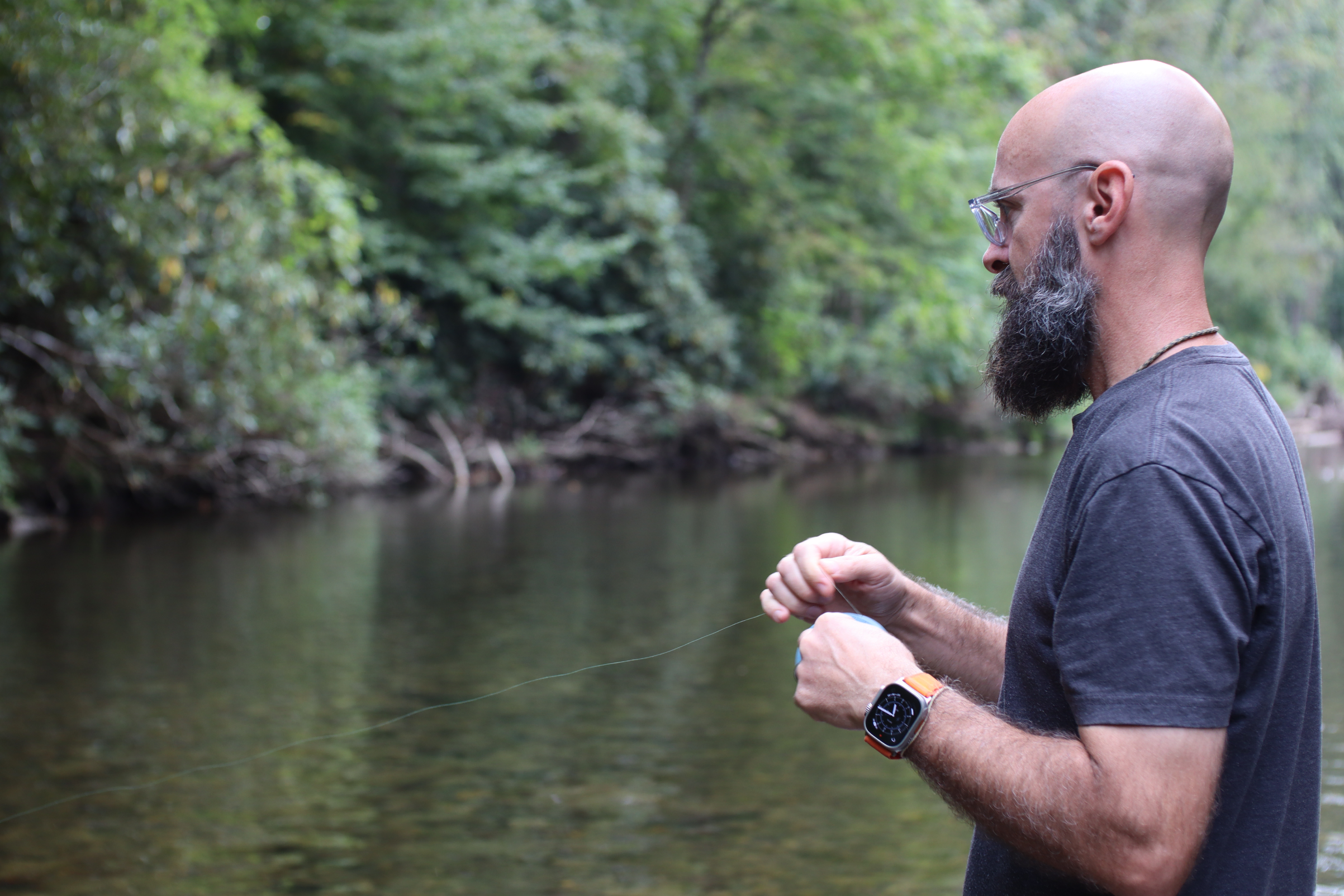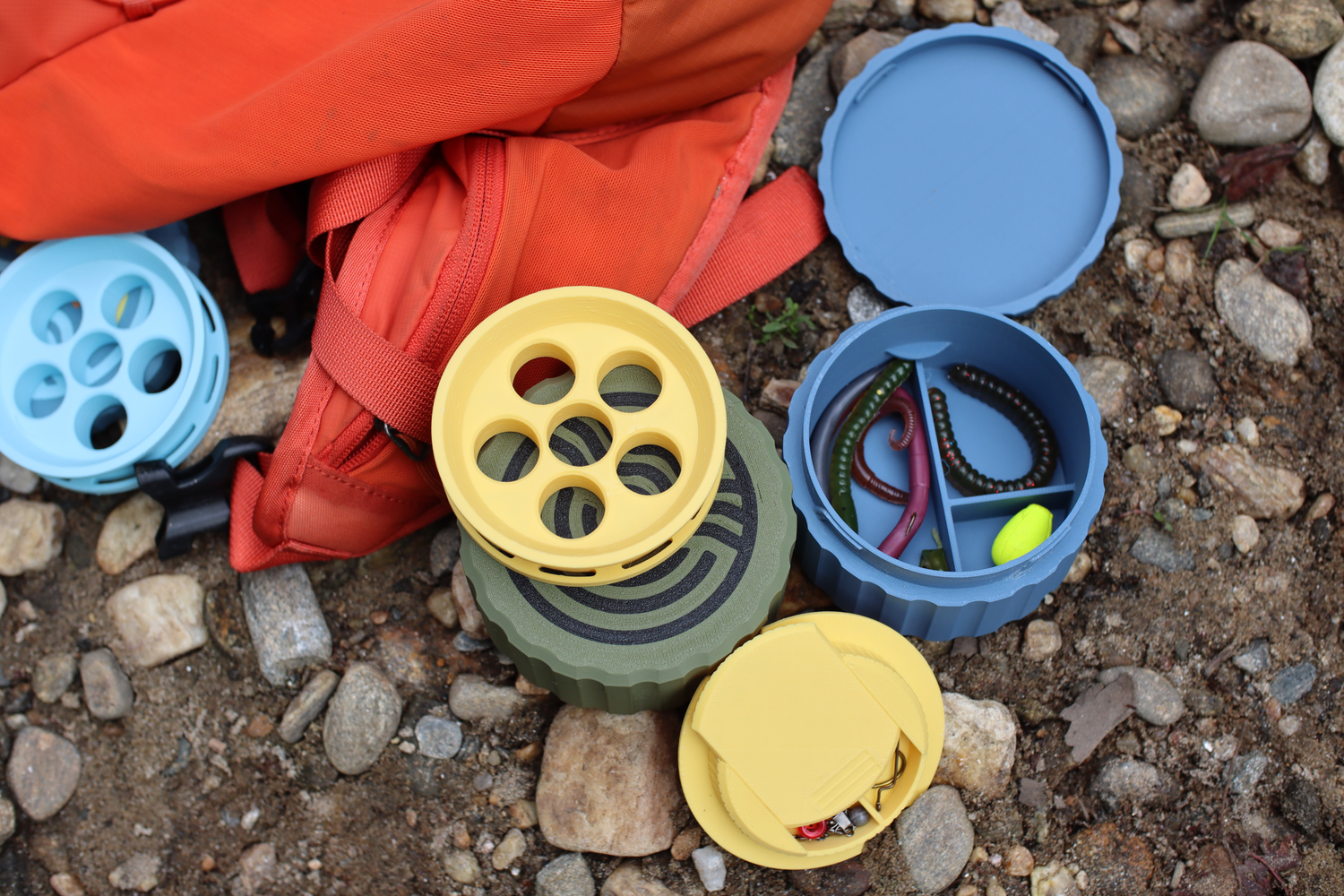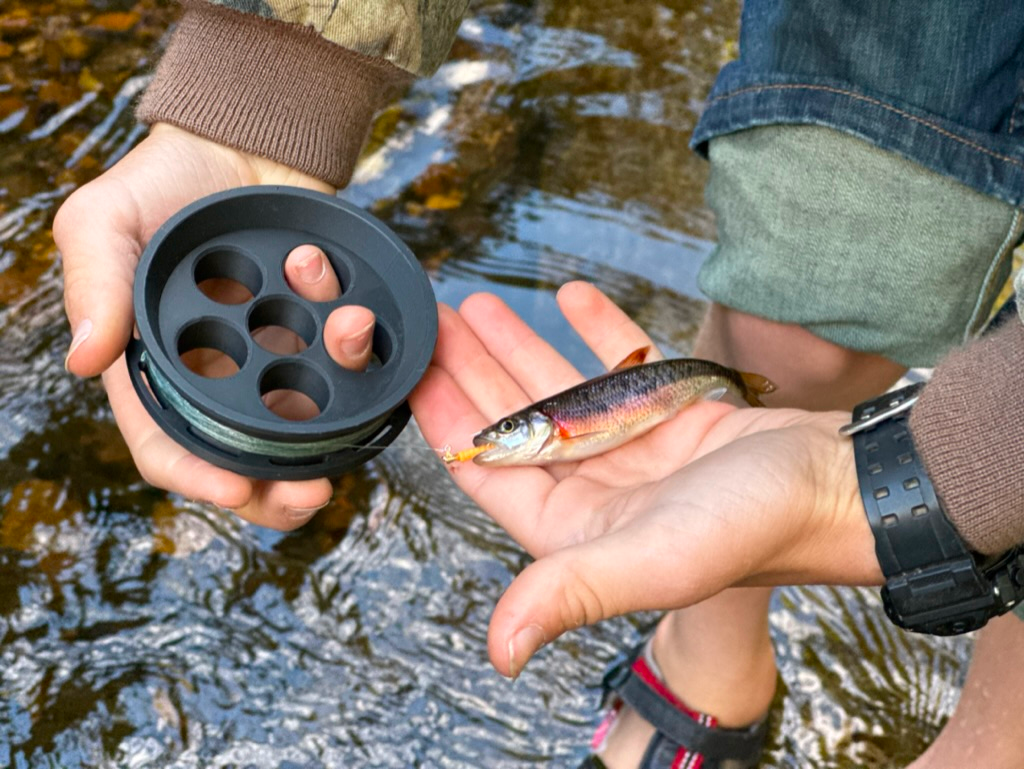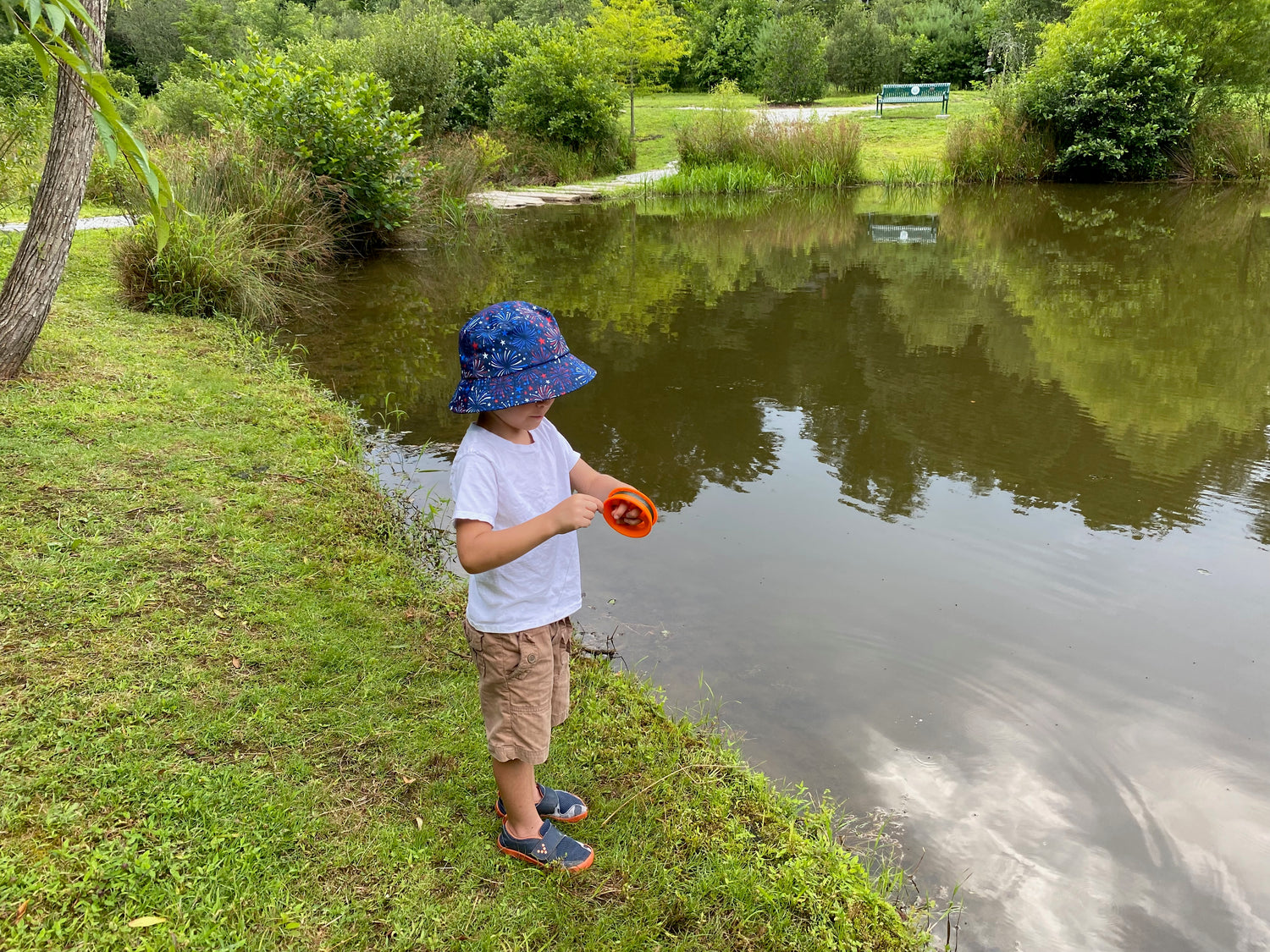Master the art of hand line fishing with our guide to using a hand fishing reel like a pro!
Hand line fishing is an ancient and traditional method of catching fish that involves using a simple yet effective tool – the hand line fishing reel. Despite the advent of advanced fishing techniques and equipment, hand line fishing reels remain a fun addition to any angler’s bag for its unique advantages.

Image Source: BBC Science Focus
What is Hand Line Fishing?
Hand line fishing, also known as handlining, is a method of fishing where a line with a baited hook is held directly in the hand instead of being cast from a rod. The hand reel, a simple device typically made of plastic or wood, is used to wind and store the fishing line.
The angler throws the baited hook into the water, holding onto the line directly or through a hand reel. They can feel the slightest tug or vibration when a fish bites, allowing them to pull the line and catch the fish.
Hand line fishing is often used in shallow waters like small creeks or ponds, but it can also be effective in deep water with the right techniques. It is one of the most basic forms of fishing and requires minimal equipment, making it easily accessible to beginners and ideal for those looking for packability.
The Appeal of Hand Line Fishing
Hand line fishing, despite its simplicity, has a certain allure that attracts both novice and experienced anglers.
One of the main advantages of this method is the direct contact between the fisherman and the fish. With no rod or complex gear involved, the angler can feel every nibble and tug, creating a more intimate and thrilling fishing experience.
Additionally, the hand fishing reel is lightweight and compact, making it a popular choice for survival kits, hiking trips, or any fishing adventure where portability and space are a concern. You can even find mini fishing kits that come with hand reels for on-the-go fishing.
Hand line fishing is a cost-effective method as it doesn't require expensive gear or maintenance. This makes it an equally appealing choice for those on a tight budget or those who prefer a minimalist approach to fishing.
Understanding Hand Fishing Reels
Before diving into the art of hand line fishing, it's fundamental to comprehend the role and key features of the hand fishing reel, your primary tool in this method.
The Role of the Hand Fishing Reel
A hand fishing reel, or handline reel, is the central piece of equipment used in hand line fishing. It holds the fishing line, allowing the angler to cast it out into the water and retrieve it with ease. Unlike the traditional rod and reel setup, where the reel is attached to a rod, the hand fishing reel is held directly in the hand, offering a more tactile and immediate connection with the fish.
This heightened sensitivity allows for quick reaction times, increasing the chance of a successful catch.
Key Features of Hand Fishing Reels
Hand fishing reels come in various shapes and sizes, but there are some key features to look out for when selecting the right reel for your needs.
- Material: Hand fishing reels are typically made from durable materials like plastic, wood, or metal. The material can affect the reel's weight and durability, so it's crucial to consider this factor based on your fishing conditions.
- Line Capacity: The line capacity refers to the amount of fishing line that the reel can hold. This is particularly important when targeting larger fish or when fishing in deeper waters. Many hand reels come with 60-90 feet of braided or monofilament fishing line. We find that braided fishing line works much better than monofilament since it typically has a reduced coil memory.
- Shape and Size: The shape and size of the reel can affect its handling and portability. Some reels are compact and cylindrical, making them easy to hold and carry, while others might be larger and flatter, offering a larger line capacity.
- Grip: The grip is where you hold the reel. A good grip should be comfortable and slip-resistant, ensuring that you can maintain a firm hold on the reel even in wet conditions. Understanding the role and features of a hand fishing reel is the first step to mastering hand line fishing. As you familiarize yourself with the reel and its functions, you'll develop the necessary skills and techniques to successfully catch fish using this unique method. For more details on how to set up your reel and other tips, check out our hand line fishing setup guide.
How to Use a Hand Fishing Reel
Mastering the hand fishing reel can significantly enhance your fishing experience. This section will guide you through the steps of preparing your hand fishing reel, casting, and retrieving techniques.
Preparing Your Hand Fishing Reel
Before you start fishing, the first step is to properly set up your hand fishing reel. This involves spooling the line onto the reel. It's important to ensure you have enough line on your reel to reach the depth where the fish are located.
The type of line used can be crucial depending on the fish species and the fishing environment.
Next, attach the hook, weight, and bait to the line. The choice of bait can vary depending on the type of fish you're targeting. For more details on setting up your hand line fishing setup, refer to our guide on hand line fishing setup.
Casting Techniques with a Hand Fishing Reel
Casting with a hand fishing reel requires a different technique compared to traditional rod and reel fishing. Instead of using a rod to propel the bait, you'll use a combination of your arm and wrist to swing the line out into the water.
Start by holding the line a few feet above the weight or bait, swing your arm back, and then forward, releasing the line as your arm comes forward.
The weight of the bait and sinker will carry the line out into the water. With practice, you can achieve a good distance and accuracy with your casts.

Retrieving Techniques with a Hand Fishing Reel
Once your line is in the water, it's time to wait for a bite. Keep a firm grip on your hand fishing reel, and stay alert to any movements or tugs on your line that may indicate a fish bite.
When you feel a bite, quickly but smoothly pull the line upwards to set the hook. Then, start retrieving the line by winding it back onto the reel. Keep the line taut to maintain pressure on the fish and prevent it from escaping.
In handline fishing, feeling the bite and setting the hook is a skill that comes with practice. Remember, the key to success with a hand fishing reel is practice. With time, you'll develop a feel for casting and retrieving, and learn how to handle different fishing situations effectively.
The Timeless Appeal of Hand Line Fishing
Hand line fishing, with its roots deeply embedded in ancient traditions, has managed to retain its charm in the contemporary world.
Its simplicity, portability, and direct connection between the angler and the fish stand as testament to its enduring allure. Armed with just a hand fishing reel, the angler is transported back to a time when fishing was less about the gear and more about the intimate dance between man and fish.
While modern fishing techniques offer their own set of advantages, the magic of hand line fishing lies in its minimalist approach, heightened sensitivity, and the raw, unfiltered experience it provides.
Whether you're a seasoned pro or a curious beginner, the world of hand line fishing welcomes all with the promise of adventure and the thrill of the catch. As with all arts, mastering hand line fishing requires practice, patience, and passion.
So, the next time you head out to the waters, consider taking along a hand fishing reel and immerse yourself in this age-old tradition, reminding us that sometimes, the simplest tools offer the most profound experiences.






